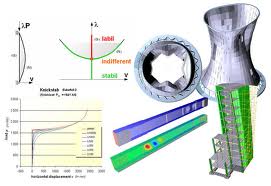Stability Analyzers
Stability Analyzers of systems allows us to determine whether or not a system is stable or will be stable if perturbed. This is important in a wide range of applications since many behaviours observed in the real world can be described using differential equations. Stability Analyzer enables the operator to predict with a high level of certainty the compatibility of blend components and to meet blend specifications more efficiently and economically. Maximum flocculation ratio at infinite dilution is reported to the nearest 1 unit. The Po/FRmax ratio is also reported according to SMS 2715. The SA integrates two titration units. An operator prepares oil samples dissolved in 1-methylnaphthalene in several different ratios. Resultant specimens are then automatically temperature-controlled and dosed with cetane until flocculation is detected by the optical sensor. Test data are processed by the controlling computer to determine peptizing (available solvency) power of the oil.
Operation
Asphaltenes consist of aromatic and naphthenic ring compounds, containing nitrogen, sulfur, and oxygen molecules, which exist in oil as a colloidal suspension. The asphaltenes in a sample of residual fuel oil become unstable after injection of a measured quantity of cetane. The point of instability (asphaltene flocculation point) is determined by measuring the reflection of light by the asphaltenes which have precipitated on the glass surface of an Optrode device. The stability reserve (P-value) is then automatically calculated on the basis of the measured quantity of cetane required to reach the point of instability. The significance of the stability parameter has been extended to residual products in refinery processes. The P-value of an oil sample provides information on stability and stability reserve required for refinery process (e.g., thermal cracking) control purposes.
Video
